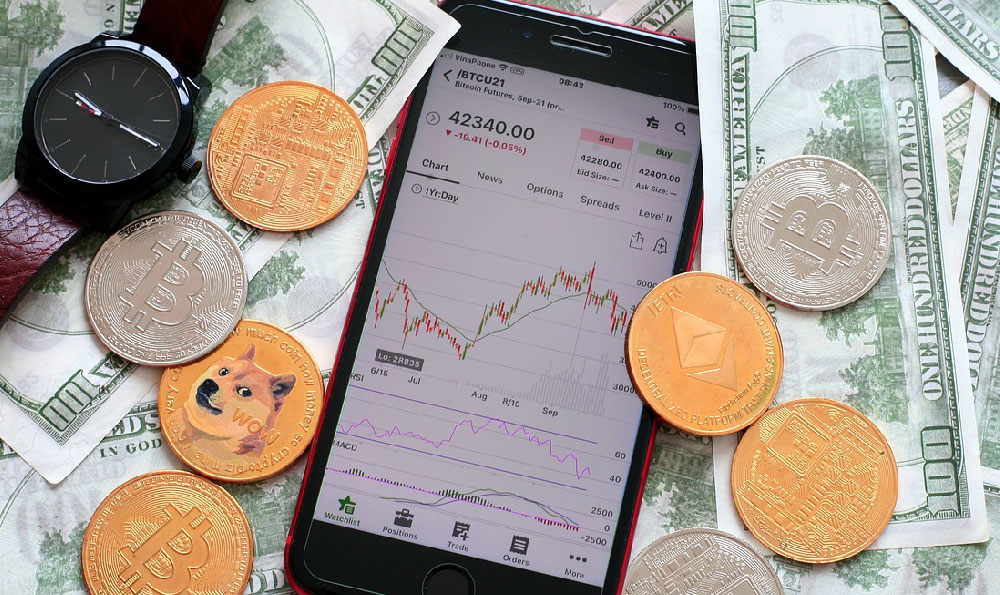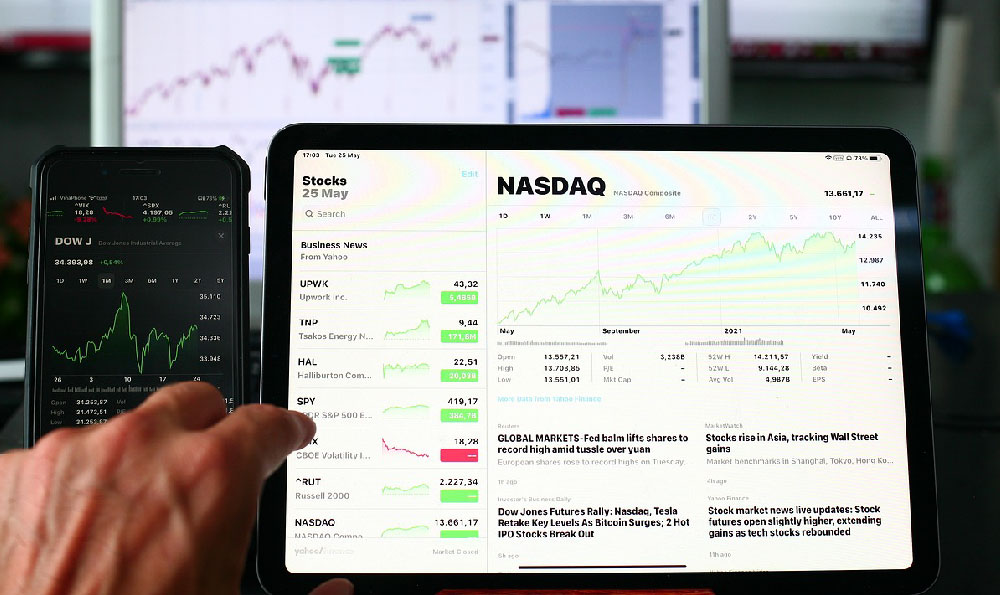Okay, consider me your seasoned financial advisor for this exploration into the YouTube monetization landscape. Let's unpack this popular topic with a data-driven, realistic perspective, avoiding the common pitfalls and offering actionable insights.
The burning question: How many subscribers do you need to monetize? The seemingly simple answer is 1,000 subscribers. That's the official threshold set by YouTube as part of the YouTube Partner Program (YPP). This is a necessary, but not sufficient, condition. In addition to the subscriber count, you also need 4,000 valid public watch hours within the past 12 months. These numbers serve as a gatekeeper, ensuring that your channel has a genuine audience and that your content is actively being consumed. YouTube also requires that you have an AdSense account linked to your channel, follow all YouTube monetization policies, and have no active Community Guidelines strikes.
Why these requirements? They are in place to protect both advertisers and viewers. YouTube wants to ensure that ads are being shown on channels with legitimate engagement and that the content adheres to certain standards. This helps to maintain the integrity of the platform and protects YouTube's brand image, which, in turn, attracts more advertisers willing to spend money. Think of it as a quality control mechanism. A channel with only a handful of views, even with a decent subscriber count, isn't valuable to advertisers. The watch hours requirement specifically targets content that’s genuinely engaging and provides sustained value.

Beyond the official requirements, there's an often-overlooked nuance: engagement. Having 1,000 subscribers and 4,000 watch hours doesn’t automatically translate to significant income. A channel with 1,000 inactive subscribers isn't nearly as valuable as a channel with 500 highly engaged subscribers. Engagement is king. This means encouraging likes, comments, shares, and active participation in your community. High engagement rates signal to YouTube's algorithm that your content is valuable, which can boost your channel's visibility and, consequently, your earning potential.
Now, let's delve into the fascinating and often complex world of YouTube earnings. How much can you earn? This is where the "it depends" answer comes into play, and factors abound. The amount you earn per 1,000 views (CPM, or Cost Per Mille) and the amount advertisers pay to have their ads displayed on your videos (RPM, or Revenue Per Mille) vary significantly. CPM represents the cost an advertiser pays for 1,000 ad impressions, while RPM reflects the revenue you actually receive per 1,000 views after YouTube takes its cut (generally around 45%).
Several factors influence CPM and RPM:
-
Niche: Some niches are more lucrative than others. Finance, business, technology, and educational content tend to attract higher CPMs because advertisers in these industries are willing to pay more to reach a targeted audience. Entertainment, gaming, and lifestyle content often have lower CPMs.
-
Audience Demographics: Advertisers target specific demographics. If your audience consists primarily of individuals in high-income countries like the United States, Canada, Australia, and the United Kingdom, your CPM will likely be higher than if your audience is primarily located in developing countries. This is because advertisers are willing to pay more to reach consumers with greater purchasing power.
-
Ad Format: Different ad formats (e.g., display ads, overlay ads, skippable video ads, non-skippable video ads, bumper ads, sponsored cards) have different CPMs. Skippable and non-skippable video ads generally have higher CPMs than display or overlay ads.
-
Seasonality: Advertising rates fluctuate throughout the year. CPMs tend to be higher during the holiday season (Q4) as businesses ramp up their advertising spending. They often dip in January and February.
-
Content Quality and Engagement: High-quality, engaging content attracts more viewers and encourages longer watch times. This, in turn, increases the likelihood that viewers will see ads and interact with them, leading to higher CPMs.
-
Ad Placement: The number of ads you place within your videos can also affect your earnings. However, it's important to strike a balance between monetization and user experience. Too many ads can annoy viewers and lead them to abandon your channel.
So, what does this translate to in terms of actual dollar amounts? While it’s impossible to give a definitive answer, a reasonable range for RPM is typically between \$1 and \$10 per 1,000 views. This means that a channel with consistent uploads and decent engagement, averaging, say, 100,000 views per month, could potentially earn anywhere from \$100 to \$1,000 per month solely from ad revenue. Keep in mind, this is a very broad estimate.
It’s important to diversify your income streams beyond AdSense revenue. Relying solely on ads is precarious, as ad rates can fluctuate, and YouTube’s policies can change. Consider these alternative monetization strategies:
-
Affiliate Marketing: Promote products or services in your videos and earn a commission on sales generated through your affiliate links.
-
Sponsored Content: Partner with brands to create sponsored videos or product reviews.
-
Merchandise: Sell branded merchandise, such as T-shirts, mugs, and hats.
-
Channel Memberships: Offer exclusive content and perks to paying members of your channel.
-
Super Chat & Super Stickers: Allow viewers to pay to have their messages highlighted during live streams.
-
Online Courses & Digital Products: Create and sell online courses, e-books, or other digital products related to your niche.
-
Patreon or Similar Platforms: Solicit recurring donations from your fans to support your channel.
Building a successful and monetizable YouTube channel is a marathon, not a sprint. It requires dedication, consistent effort, and a strategic approach. Focus on creating high-quality, engaging content that provides value to your audience. Build a strong community, encourage interaction, and diversify your income streams. Remember, the path to YouTube success is rarely linear, but with patience, perseverance, and a data-driven mindset, it is achievable. And, as your financial advisor, I'd recommend treating your YouTube channel like a small business – track your expenses, analyze your revenue streams, and reinvest in your content to maximize your return on investment. Good luck!












